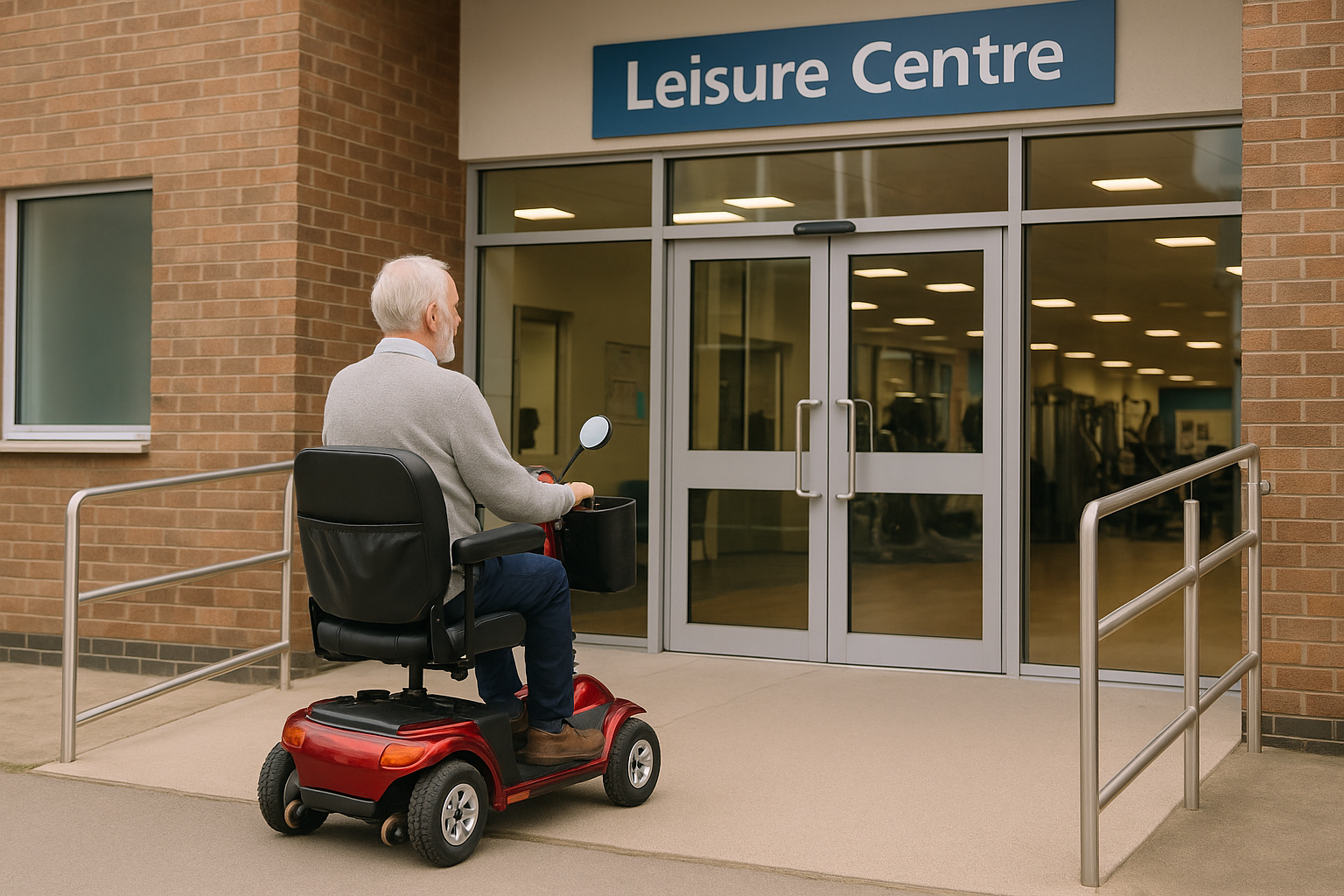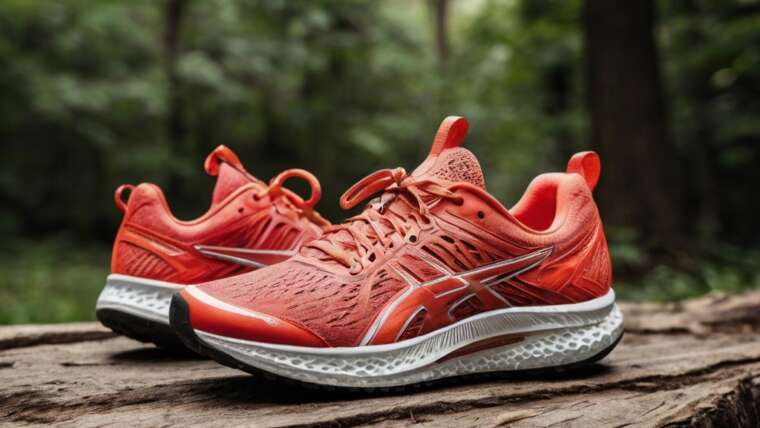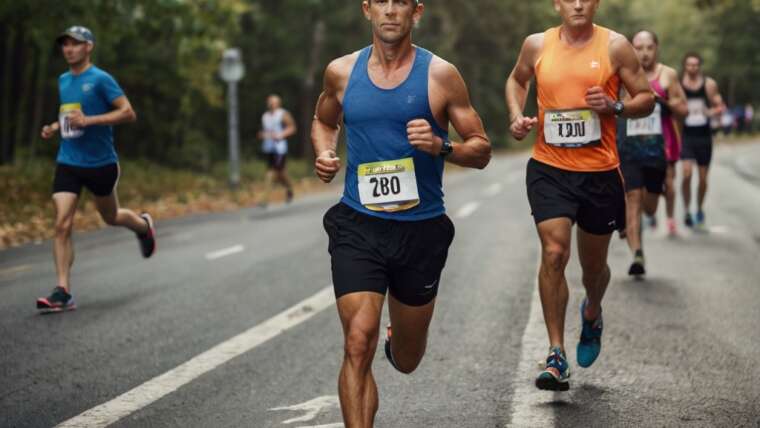Mobility challenges can make once-simple activities, visiting friends, enjoying the outdoors, or moving around the home, suddenly require planning and effort. Yet with adapted routines, supportive tools, and creative approaches, many people continue to enjoy meaningful physical and social activities that preserve both health and independence.
Changing one’s lifestyle often involves looking into various supportive equipment that suits specific needs and circumstances. From temporary solutions for those recovering from injuries to long-term options for progressive conditions, learning about the available resources for mobility becomes necessary for anyone facing mobility challenges.
Table of Contents
- 1 How mobility limitations affect fitness routines
- 2 Modifying exercise techniques for limited mobility
- 3 Seated exercise programmes for cardiovascular health
- 4 Assistive technologies that support active lifestyles
- 5 Integrating mobility scooters into fitness routines
- 6 Building a supportive fitness environment
How mobility limitations affect fitness routines
Mobility limitations can arise from various sources. Age-related changes often bring joint stiffness and reduced muscle strength. Injuries might cause temporary restrictions, while chronic conditions like arthritis or multiple sclerosis can create ongoing difficulties. When movement is difficult, traditional exercise routines often become impossible to maintain.
Physically, reduced activity can lead to muscle weakness, weight gain, and decreased cardiovascular health. This makes regular exercise even more important for those with limited mobility.
Emotionally, many people experience frustration, loss of confidence, and even depression when unable to continue familiar activities. However, having an exercise plan can boost mood, ease depression, and improve self-esteem for people with mobility limitations.
Despite these challenges, staying physically active is important. Movement helps keep joints supple. It strengthens muscles when resistance is involved. It also supports heart health through increased heart rate during activity.
For those facing new mobility challenges, it may help to consider how mobility aids can support continued activity. Reviewing supportive tools such as walking frames, canes, and rollators may help individuals maintain participation in community activities. Those who browse mobility scooters with nationwide delivery often find they can maintain independence and access to fitness opportunities.
Modifying exercise techniques for limited mobility
Adjusting exercise approaches is important when mobility changes. Chair-based exercises offer excellent options for maintaining strength and flexibility. Simple movements like seated leg lifts, arm circles, and gentle twists can work major muscle groups without standing.
Water-based activities provide another great option. The buoyancy of water reduces pressure on joints while providing natural resistance. This supports the body, reducing strain on joints and minimising injury risk during water aerobics.
Adaptive yoga has grown increasingly popular for those with limited mobility. Modified poses using chairs, walls, or props allow participants to gain flexibility and balance benefits without traditional floor movements.
Resistance bands are especially helpful for strength training with limited mobility. These lightweight, portable tools provide adjustable resistance for upper and lower body exercises. They can be anchored to chairs or doorknobs for stability during workouts.
Other accessible equipment includes hand weights, therapy putty, and balance cushions. These tools can be used while seated to build strength and improve coordination without putting pressure on painful joints.
Many leisure centres across the UK offer seated fitness classes for people with different mobility levels. Asking at a local leisure centre can help identify available classes and instructors who have experience with different mobility needs.
Working with healthcare professionals ensures safety when making exercise changes. Physiotherapists can create personalised exercise plans that address specific limitations while building on existing strengths.

Seated exercise programmes for cardiovascular health
Cardiovascular health remains important regardless of mobility status. Seated aerobics offers effective ways to raise heart rate safely. Movements like arm punches, seated marching, and rhythmic upper body exercises can provide a beneficial cardio workout.
When performing seated exercises, correct posture is key because it supports the back and shoulders. Sitting tall straightens the spine, which helps avoid slouching that can cause back or neck strain.
Low-impact workouts focus on gentle, controlled motion and form consistency over intensity for sustainable fitness routines.
Engaging core muscles stabilises the torso, protects the lower back, and transforms seated movements into effective full-body exercises that build strength and stability.
Beginning with shorter sessions, such as 5-10 minutes, allows the body to learn the motions and adjust without soreness.
Monitoring effort levels during seated workouts helps ensure safe participation. The talk test suggests individuals should be able to speak but not sing during moderate-intensity activity.
Assistive technologies that support active lifestyles
Mobility scooters are among the most effective assistive technologies for preserving independence and access to fitness opportunities.
When considering a mobility scooter for fitness purposes, several features deserve attention. Battery range determines how far users can travel. Turning radius affects manoeuvrability in tight spaces. Portability matters for those who want to transport their scooter to different locations.
Many people benefit from combining different mobility aids. Using walking sticks for short distances inside fitness facilities while relying on a disability scooter for longer journeys creates a balanced approach that maintains walking ability.
UK fitness facilities have begun introducing measures that support accessibility for people using mobility aids. Local leisure facilities sometimes offer ramped access, step-free entrances, and accessible changing rooms.
For example, many Better UK leisure centres advertise accessible gyms and adapted fitness equipment on their websites. These are supported by region-specific schemes such as Access for All.
For finding mobility solutions that match specific fitness needs, resources include the Disabled Living Foundation’s AskSARA tool. This provides personalised reports on suitable mobility equipment. Local Mobility Centres provide assessments and advice on appropriate mobility solutions.
Integrating mobility scooters into fitness routines
Mobility scooters create numerous fitness possibilities. They enable access to swimming pools, parks, and community centres, opening up diverse exercise opportunities beyond home-based options, as highlighted in the benefits of using a mobility scooter for daily living.
A mixed approach often works best for maintaining general fitness. Using a mobility scooter for transportation to fitness venues, then engaging in suitable exercises upon arrival, combines convenience with activity. This strategy prevents exhaustion from travel while ensuring energy remains for fitness activities.
When transporting fitness equipment with mobility devices, practical considerations include using backpack attachments designed for mobility scooters. These can carry resistance bands or water bottles. Basket attachments can secure larger items like yoga mats or swimming gear.
Waterproof storage bags protect equipment from weather while travelling to outdoor exercise locations. Some mobility scooters feature under-seat storage compartments suitable for smaller fitness items.
Some regional UK organisations and charities support accessible group outings where users who browse mobility scooters with nationwide delivery can take part in social walks or visits to green spaces. Schemes led by Ramblers Wellbeing Walks occasionally arrange accessible excursions, but availability varies across the country.
Building a supportive fitness environment
Creating the right environment greatly impacts success when changing fitness routines. Working with qualified professionals makes a big difference. Look for fitness instructors with specific training in adaptive exercise techniques. Those certified by the Register of Exercise Professionals are a good choice.
Home modifications can make exercise safer. Simple changes like installing grab rails, removing trip hazards, and ensuring adequate lighting create spaces where movement feels secure. Arranging furniture to create clear pathways supports safe movement during home exercise sessions.
Social support plays a key role in staying motivated. Finding exercise companions who understand mobility challenges can make activities more enjoyable. Local support groups, often organised through community centres, connect people facing similar situations.
Even when mobility becomes limited, movement doesn’t have to stop. With the right tools, guidance, and environment, fitness can still bring strength, confidence, and connection. Staying active becomes not just possible, but powerful.


